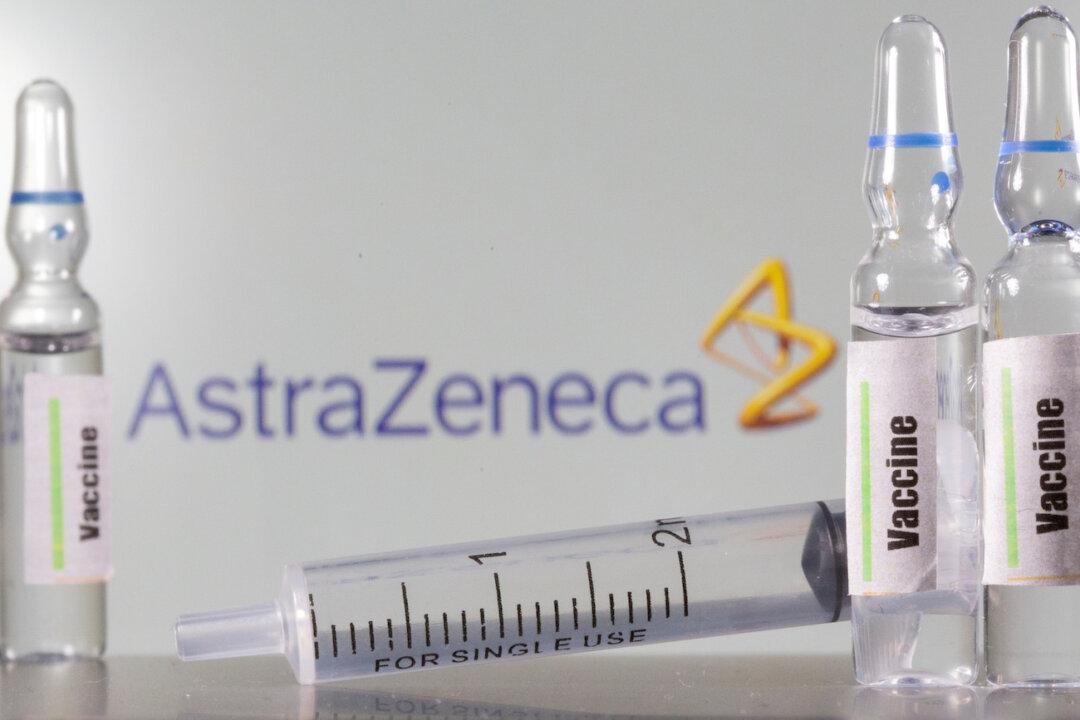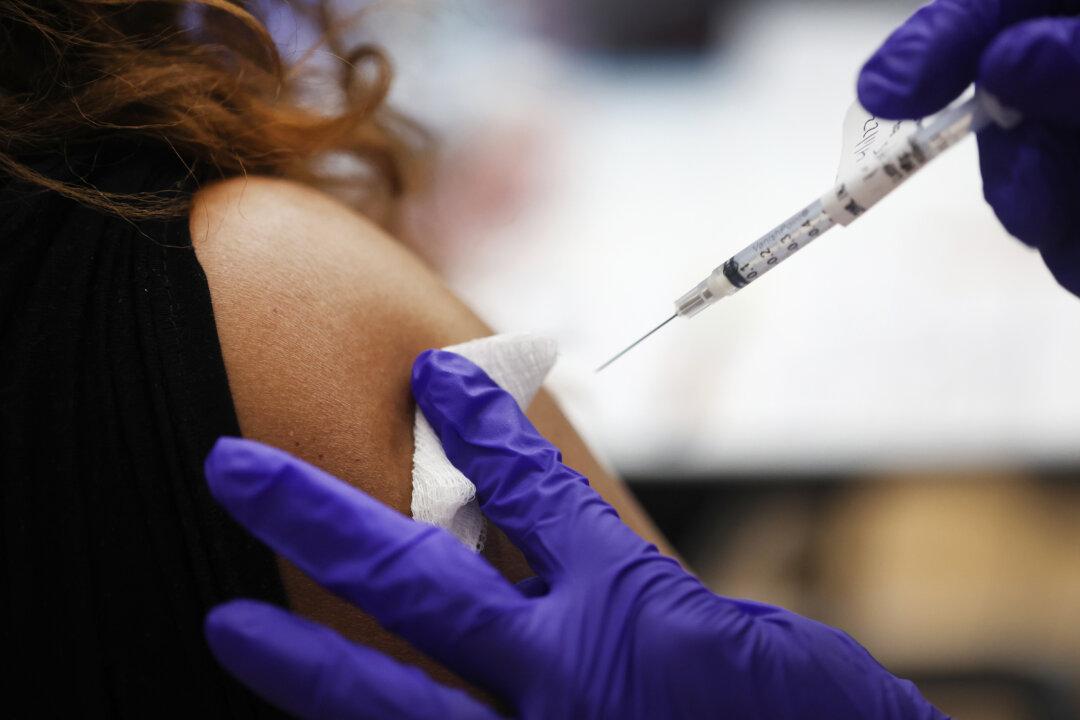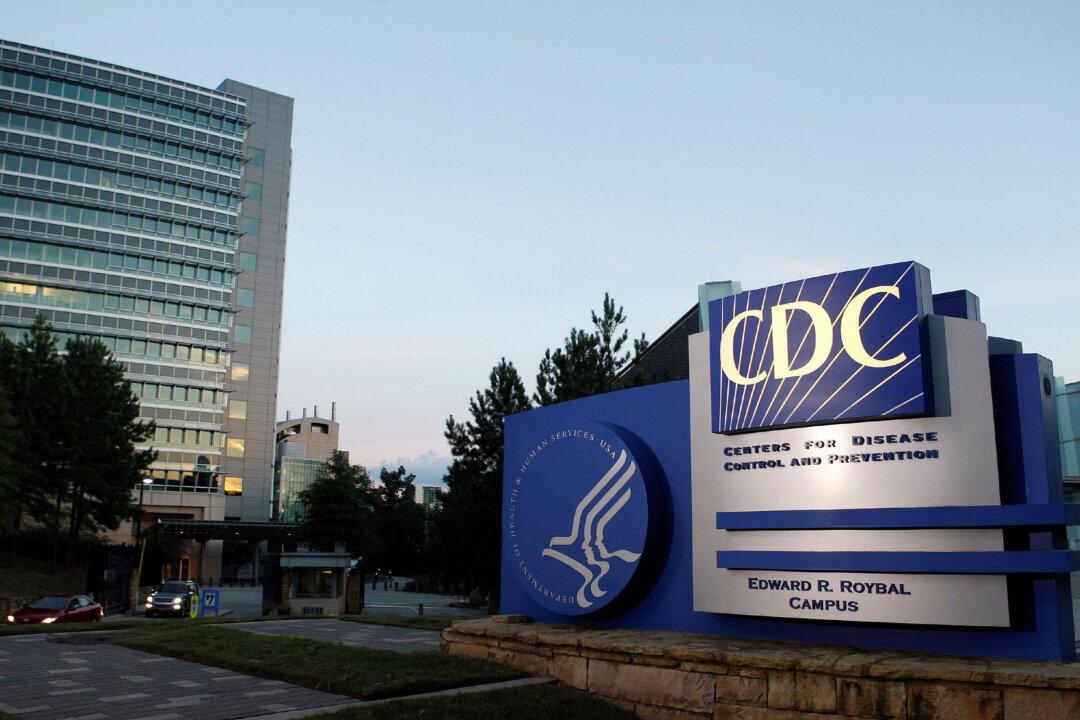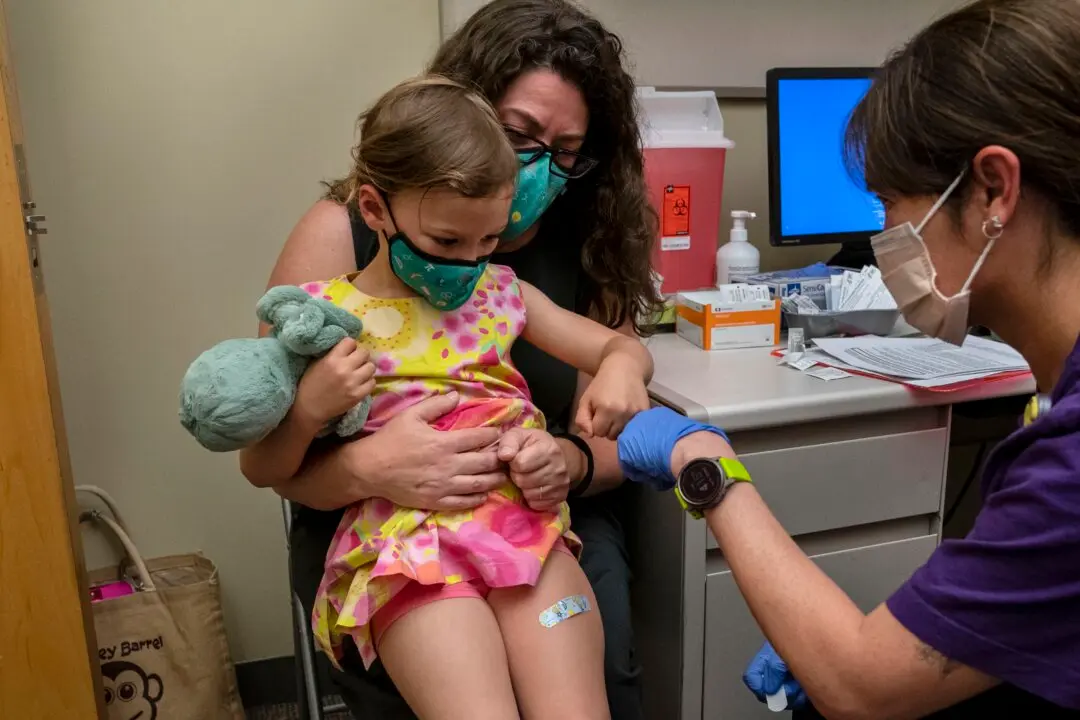The AstraZeneca vaccine has been found to be mostly effective against the United Kingdom variant of the CCP virus, according to preliminary data published on Feb. 4.
The B.1.1.7 variant has been responsible for most CCP virus cases in the United Kingdom after it first emerged in the country last November. The variant has also been detected in the United States.






